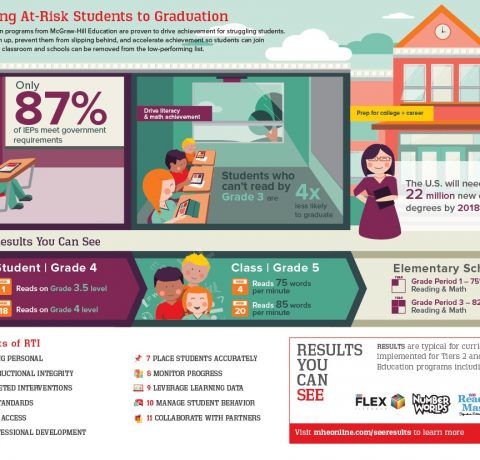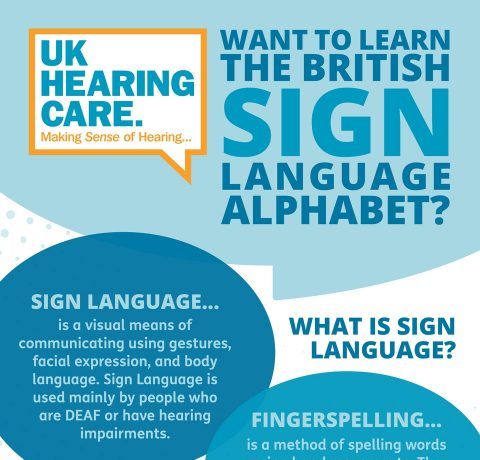Accessibility In Education Infographic
For over 6 million learners in the US between the ages of 3 and 21, the learning experience poses problems that can’t be as readily overcome by routine study schedules or regular practice tests. The challenges are different because the conditions are different.
Yet, many students and their parents feel that the support they needed during high school was absent, which affects both school performance and post-school opportunities.
A negative school experience will not only influence a learner’s self-perception but their outlook on how others might perceive their condition too.
But in an age of rapid digital evolution, technology has emerged as a potential solution to the complex problems of learner diversity. No doubt buoyed by the buzz surrounding “personalized learning”, more schools are implementing technology in order to deliver a better learning experience to their students.
As regards the accessibility in education today, let us present some key facts here:
6.6 M students in the US, aged 3-21, receive special education services.
That's 13% of the entire student body of US public schools.
Yet, 37% of Americans feel that schools don't effectively test for learning disabilities.
"If learning materials are not accessible to learners, then learners' abilities won't be accessible to educators".







You can adjust your cookie preferences here.